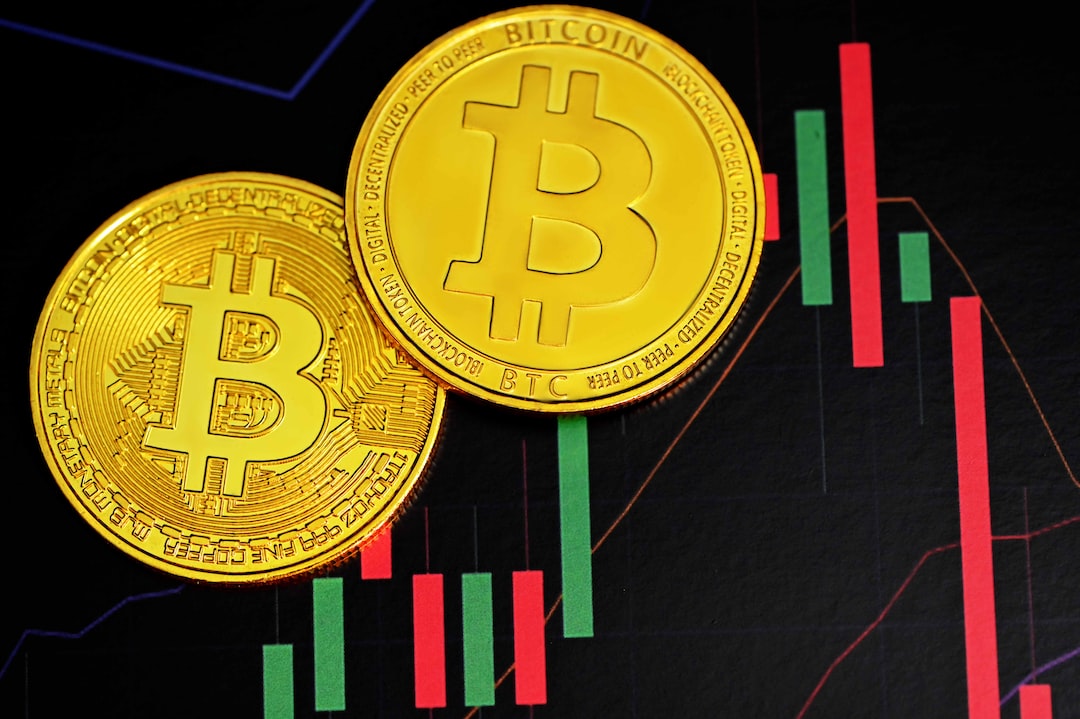Spot Bitcoin ETFs Debut with Low Inflows Despite High Trading Volume
The U.S. Securities and Exchange Commission (SEC) approved the listing and trading of 11 spot Bitcoin ETFs on January 10, including offerings from BlackRock and Grayscale. However, experts believe that despite the impressive $4.6 billion in total trading volume on the first day, the spot Bitcoin ETFs actually recorded zero inflows.
Unsuccessful Start for Bitcoin ETFs
Ran Neuner, co-founder of Onchain Capital and founder of Crypto Banter, expressed disappointment in the performance of the Bitcoin ETFs. He pointed out that while many are reporting high trading volumes, they are not analyzing the data properly. The $4.6 billion in total trade includes significant sales and outflows from Grayscale Bitcoin Trust (GBTC) due to higher fees and locked-up old Bitcoin.
Analysts Remain Hopeful for Future Demand
Despite the lack of inflows on the first day, Bloomberg senior ETF analyst Eric Balchunas believes that much of the trading volume came from selling GBTC and buying other spot Bitcoin ETFs. James Seyffart, another Bloomberg ETF analyst, remains optimistic about the potential demand for spot Bitcoin ETFs throughout the year.
Bitcoin Price Shows Volatility
Bitcoin price briefly surged near $49K but quickly dropped below $46K within three hours. It is currently trading at around $45,991. The decrease in trading volume suggests a decline in interest among traders. Analysts predict that Bitcoin may reach $50K but expect volatility and sentiment among traders to lead to pullbacks in the coming week.
Hot Take: Mixed Start for Spot Bitcoin ETFs Raises Questions About Real Inflows
The debut of spot Bitcoin ETFs saw high trading volume but failed to generate significant inflows. While the $4.6 billion in total trade is impressive, it includes mostly sales and outflows from GBTC. This raises concerns about the actual new inflows into spot Bitcoin ETFs. Analysts remain hopeful for future demand, but the initial performance of the ETFs highlights the need for a closer examination of the data and its implications for the market.





 By
By
 By
By
 By
By
 By
By
 By
By
 By
By